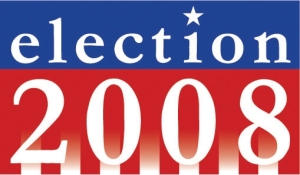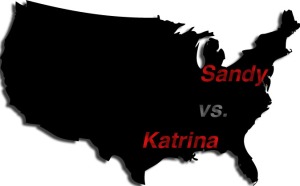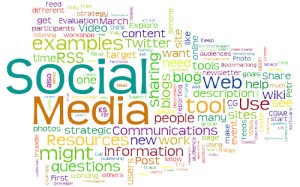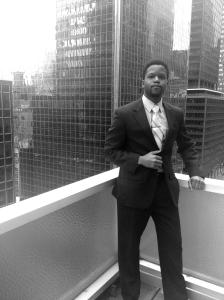With the advancement of technology, there seems to be a decrease in the need for live press conferences. This can be seen through the onset of several new public relations tools:
• Op-Eds
• Advertorials
• Satellite Media Tours (SMT)
• Video News Releases (VNR)
• Public Service Announcements (PSA)
Lets review each one briefly, starting with OP-Eds, which are usually known as opposite editorials. Op-Eds provide an explanation of issues and are later presented by writers and thinkers who do not have institutional or news outlet connections.
In other words, Op-Eds can be written by anyone on a certain topic or issue. For example, the Gun Control Policy.
Advertorials can be extremely tricky in presentation. They are usually print ads disguised as editorial content. You must remember this is PAID media, not earned. Advertorials are self-regulated by its industry or organization.
Satellite Media Tours are new compared to the other forms of media discussed in this blog. However, SMTs are becoming increasingly popular because it allows clients to stay in one location and interview as though they were in the studio of a sponsor.
Video News Releases can be summed up as broadcast versions of press releases. They are also referred to as evergreen because they can be aired at anytime as soft news.
Public Service Announcements are television/radio commercials usually informative. PSAs include a call to action from the public and are very persuasive.
It is without a doubt that we can see how live press conferences are becoming a thing of the past.







